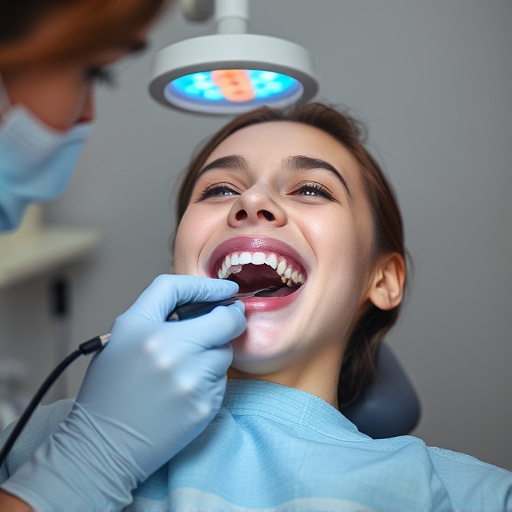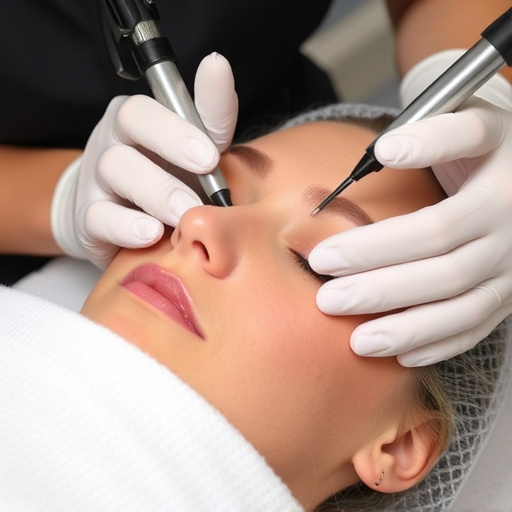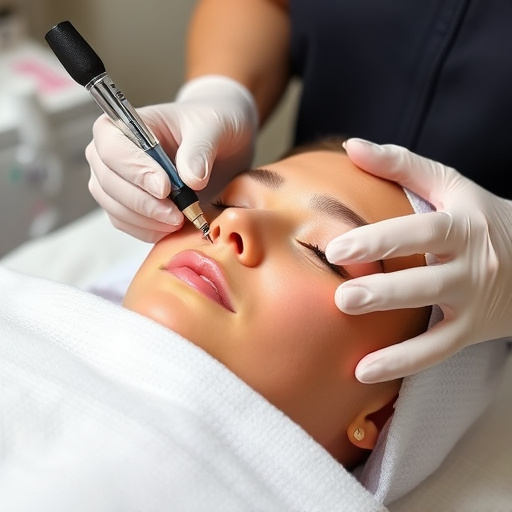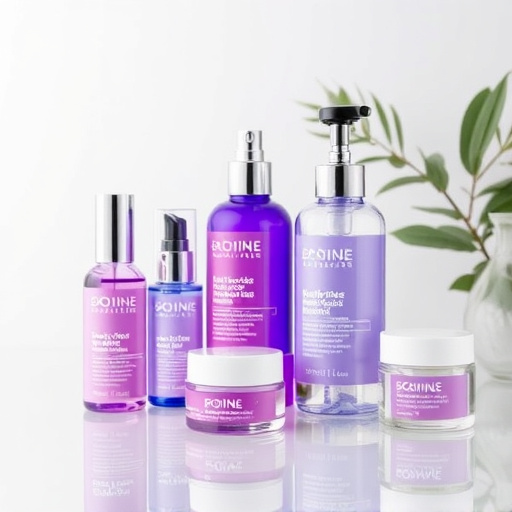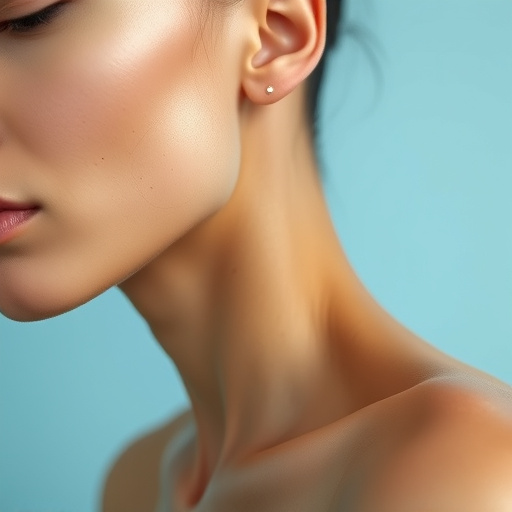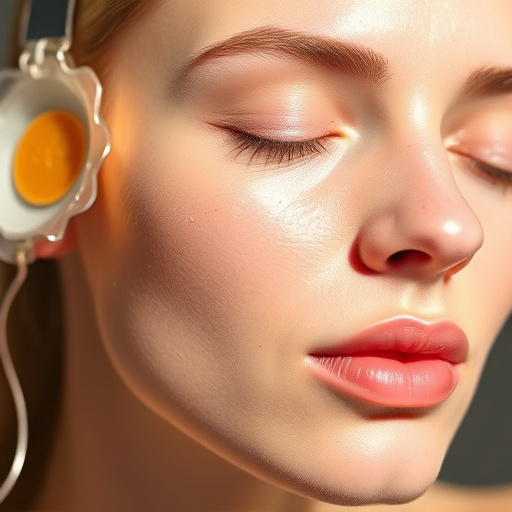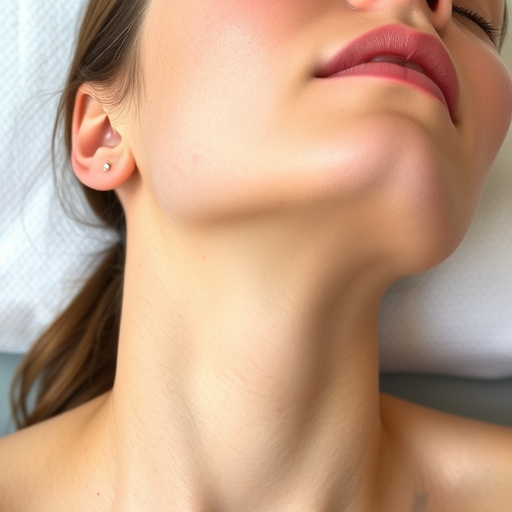Acne scars result from damaged collagen and elastin fibers, leading to atrophic or hypertrophic/keloid scars. Non-surgical treatments like chemical peels, microdermabrasion, and laser therapy fade discoloration and smooth surface imperfections. Severe cases may require subcision or dermarolling for atrophic scars. Topical creams with retinoids and vitamin C stimulate collagen production. Advanced laser therapies and procedures complement each other to address various scar types, improving skin quality. A consistent skincare routine, cleansing, moisturizing, and targeted treatments are key to successful acne scar treatment.
Uneven skin surfaces marked by acne scars can dampen confidence, but effective treatments exist to smooth and even out these imperfections. This comprehensive guide delves into the world of acne scar treatment, exploring the science behind scar formation and diverse treatment options from topical creams to cutting-edge laser therapy. We also dissect essential skincare routines that promote healing and prevent future scarring, empowering you with the knowledge to achieve smoother, more even skin.
- Understanding Acne Scar Formation and Types
- Exploring Effective Treatment Options: Topical Creams to Laser Therapy
- Skincare Routines for Enhanced Healing and Prevention
Understanding Acne Scar Formation and Types

Acne scars form when inflammation damages the skin’s collagen and elastin fibers, leading to depressed or elevated areas on the surface. The type of scar depends on the severity and nature of the initial acne lesion. Atrophic scars, also known as pit scars, are characterized by deep indentations in the skin, while hypertrophic or keloid scars cause raised, thick, and often discolored patches. Post-inflammatory hyperpigmentation can also occur, leaving dark spots that may persist long after the acne clears.
Understanding these different types of acne scars is crucial when considering various acne scar treatment options. Non-surgical treatments such as chemical peels, microdermabrasion, and laser therapy are effective for fading post-inflammatory hyperpigmentation and smoothing surface imperfections. For more severe cases, skin rejuvenation procedures like subcision or dermarolling can stimulate collagen production to improve the appearance of atrophic scars. The goal of any treatment is to promote skin brightening and restore a smoother, more even skin surface.
Exploring Effective Treatment Options: Topical Creams to Laser Therapy
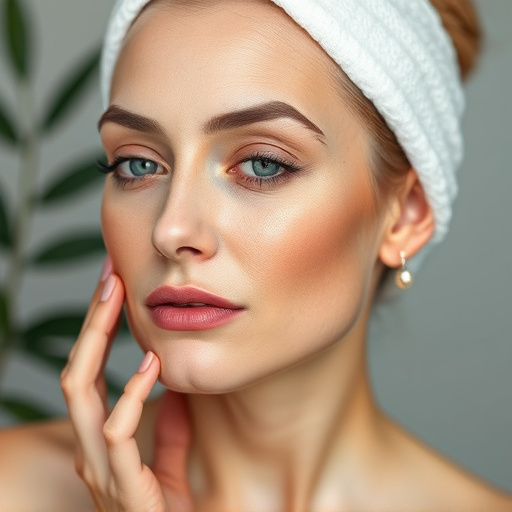
When exploring acne scar treatment options, individuals often seek effective solutions to achieve smoother, even skin surfaces. The journey to flawless skin involves a range of techniques, from topical creams to advanced laser therapies. Topical creams, enriched with active ingredients like retinoids and vitamin C, play a pivotal role in stimulating collagen production and gently exfoliating the skin, which aids in reducing the appearance of scars over time. These creams are easily accessible and provide a gentle yet consistent approach to treatment.
For more substantial improvements, particularly with deep acne scars or for those seeking faster results, laser therapy emerges as a powerful tool. Laser treatments, such as fractional laser resurfacing and intense pulsed light (IPL), offer targeted energy delivery to the skin, promoting collagen synthesis and improving skin texture. Additionally, these procedures can enhance other procedures like chemical peels and pore refinement, further enhancing overall skin quality and addressing specific scar types.
Skincare Routines for Enhanced Healing and Prevention
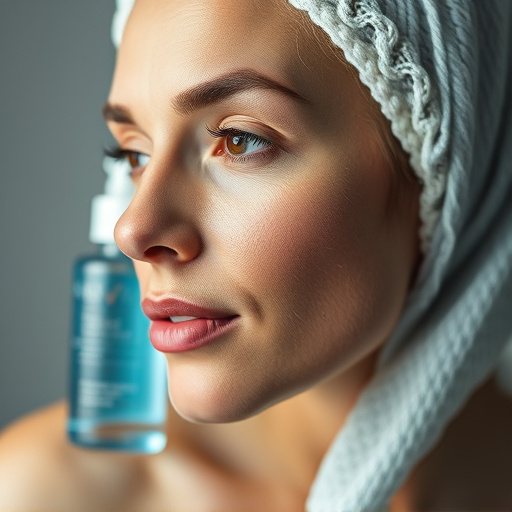
Maintaining a consistent skincare routine is an essential aspect of successful acne scar treatment. Beyond daily cleansing and moisturizing, incorporating specific treatments can enhance healing and prevent further scarring. For instance, chemical peels, a popular acne scar treatment, help exfoliate the skin, promoting cell turnover and reducing the appearance of scars over time.
Additionally, strategies like body contouring techniques and wrinkle reduction procedures can indirectly benefit acne-prone skin by improving overall skin texture and elasticity. These methods work to smoothen and refine the skin’s surface, creating a healthier canvas for more effective acne scar treatments.
Acne scars, while common, can be effectively treated to achieve smoother, more even skin. By understanding how these scars form and exploring diverse treatment options like topical creams, chemical peels, or laser therapy, individuals can find tailored solutions for their unique needs. Incorporating a consistent skincare routine emphasizes proper cleansing, moisturizing, and sun protection to enhance healing and prevent future scarring. With patience and the right approach, achieving clear, radiant skin is within reach, allowing you to feel confident in your skin’s appearance. Remember, seeking professional advice from dermatologists ensures personalized guidance for the best acne scar treatment results.



